Some pets are naturally more skittish than others and will hide in fear from the vacuum or leap into the air when the doorbell suddenly rings. However, anxious pets who fail to return to a normal, calm state shortly after the loud noise likely have a condition called noise aversion, which is essentially a phobia of certain sounds that frighten pets.
Noise aversion, despite affecting about two-thirds of dogs, often goes undiagnosed. But, by learning the common sound triggers, how to identify signs, and how to effectively manage the problem, you can ease your pet’s fear of loud sounds.
What causes noise aversion in pets?
Noise aversion can be the result of your pet’s sensitivity to any sound, although loud, startling sounds are the most common triggers. Sounds include:
- Thunderstorms
- Fireworks
- Gunshots
- Construction
- Traffic
- Children playing
- Alarms
- Household appliances
- Loud TV or radio
- Doorbell
Although pets naturally startle at an unexpected sound, they should quickly return to their normal behavior and activities. Noise-averse pets display an exaggerated, extended response to sounds, and may not settle down and act normally again for hours. This exaggerated behavior following a loud sound will help pinpoint your pet’s noise triggers.
Why do some pets develop noise aversion?
While the exact noise aversion cause is not known, certain factors that appear to predispose pets to the condition include:
- Genetics — Pets with mellow personalities and laid-back attitudes are more likely to have offspring with similar behavioral traits. On the other hand, highly anxious and nervous pets can pass those characteristics onto their young. Specific breeds also seem more likely to develop noise aversion. For example, herding breeds (e.g., border collies, Australian shepherds) appear more sensitive to loud sounds than sporting dogs (e.g., spaniels, pointers).
- Trauma associated with a specific sound — If your pet experiences a painful, traumatic event at the same time a loud noise occurs, they may associate that sound with pain. For example, if your pet is struck by a vehicle that is blaring the horn, they may be anxious and fearful whenever they hear a car horn.
- Lack of socialization — Without positive exposure to potentially scary sounds during your pet’s early socialization period, they can easily become fearful of loud events, such as thunderstorms, alarms, and vacuums. Forming a positive association with deafening noises when your pet is young is key to preventing noise aversion later in life.
- Underlying illness — Senior pets often develop noise aversion because of a concurrent painful condition, like arthritis, or a brain chemistry issue, such as cognitive dysfunction. An arthritic pet who hears a deafening sound, like a piercing alarm, may tense their muscles and feel pain. Also, senior pets with cognitive dysfunction often develop anxiety, which can translate into stress associated with loud sounds.
What does noise aversion look like in pets?
Noise aversion signs are often subtle and difficult to spot, or incredibly dramatic and obvious, depending on how loud noises affect your pet. Typically, detecting noise aversion is more challenging in cats, but they can show the same signs as dogs, which include:
- Panting
- Drooling
- Pacing
- Restlessness
- Hiding
- Clinging to their owner
- Attention-seeking behavior
- Hyperalertness
- Excessive vocalization (e.g., meowing, barking, whining, howling)
- Irritable or aggressive behavior
- Inappropriate elimination
- Destructive behavior
Without intervention, noise aversion will continue to escalate, and your pet will signal their distress more clearly.
How can I manage my pet’s noise aversion at home?
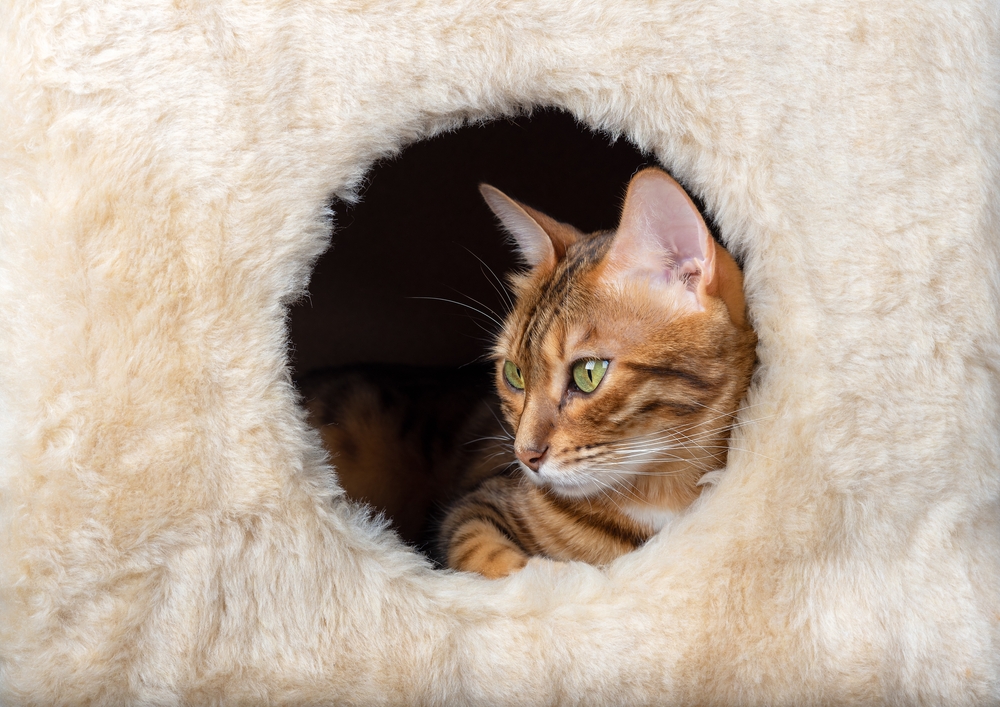
Successful noise aversion management begins at home. If your pet appears frightened of loud sounds, alleviate their anxiety by:
- Eliminating exposure — Reduce your pet’s exposure to their sound triggers as much as possible. This may mean walking through a wooded trail instead of downtown, changing the alarm sound on your phone, or confining your pet to a quiet room while your children wrestle in the living room. During thunderstorms and fireworks, a quiet room that has all your pet’s necessities—a soft bed, an engaging toy, and a delicious snack—can serve as a sanctuary where your pet can retreat. Also, play soft classical music or white noise to help drown out the scary sounds.
- Using calming aids — Compression wraps that apply pressure to calming points on the body, supplements with ingredients that promote relaxation, and species-specific soothing pheromones work well together to ease pets’ anxiety and fear. Find the right product combination to soothe your pet’s stress, and you’ll notice a huge difference in their anxiety.
- Modifying behavior — Pair your calming measures with behavioral modification techniques (i.e., desensitization, counterconditioning) to change your pet’s view on scary sounds. These techniques teach your pet to associate a reward with a sound trigger, and they will develop a positive mindset. When you offer your pet a high-value treat when they hear their sound trigger at a low, tolerable volume, they will become more familiar with and less nervous about certain sounds.
- Asking for help — Many pets require sedation or anti-anxiety medication to prevent serious mental and physical harm during loud events. Ask your Cane Bay Veterinary Clinic veterinarian if these products would help your pet.
Left untreated, noise aversion often continues to worsen until your pet self-harms or damages your home while trying to hide or escape from a scary sound. If your furry pal shows distress, anxiety, or fear when they hear loud noises, schedule an appointment with our Cane Bay Veterinary Clinic team. We will find a way to alleviate their fear.

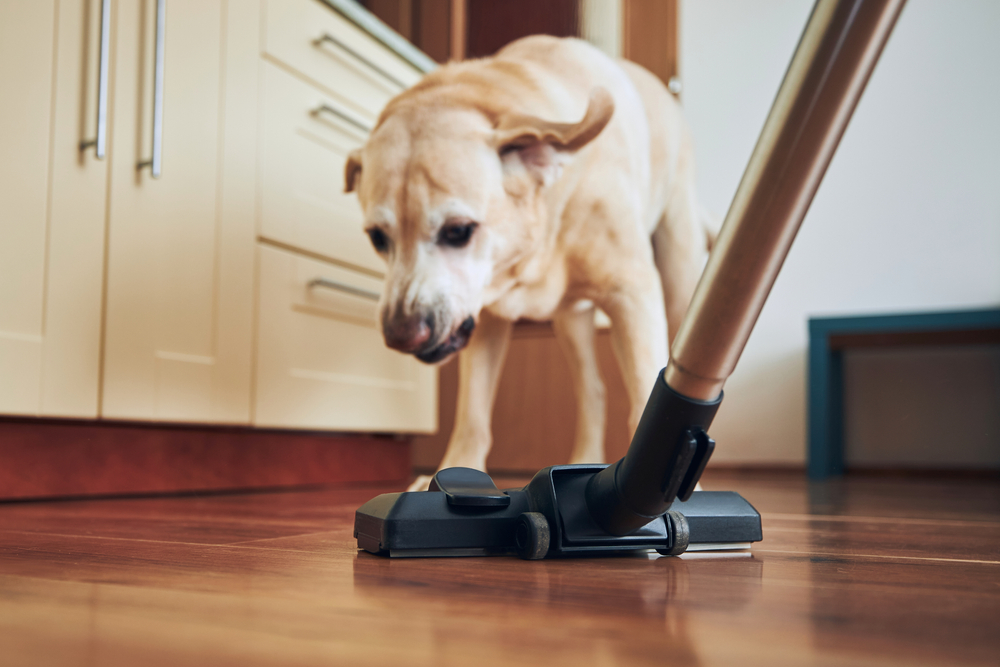
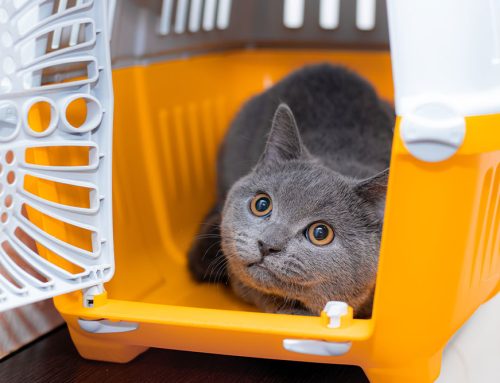
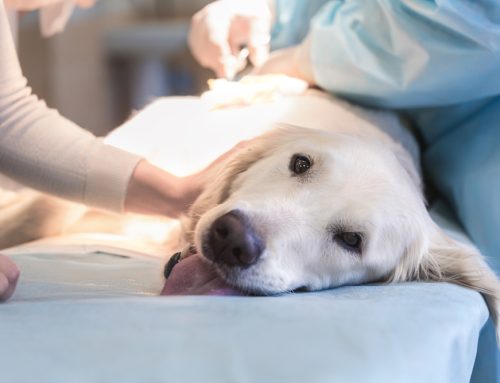
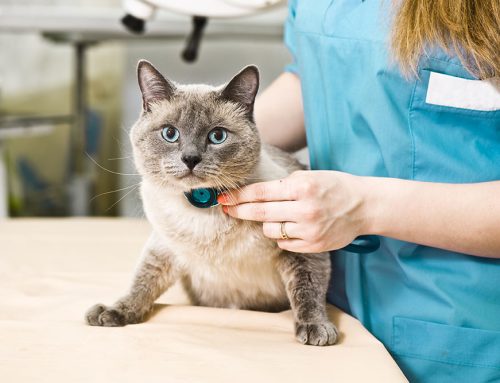


Leave A Comment